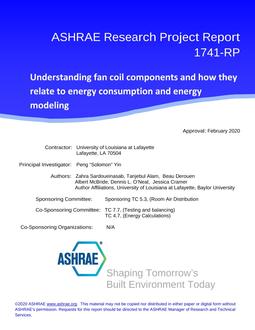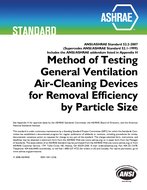Anyone who has had the opportunity to work in the Controlled Environment Agriculture (CEA) industry knows that managing the latent load of an operation is paramount to its success. For a plant to grow and thrive, it must pull water and nutrients from the growing medium, through its roots and up its stem to eventually transfer the nutrients into its growing tissue. To complete the process, this internal water must finally be exposed to the open air so it can evaporate away.
A CEA facility is a farm operation that is fully contained indoors where light, temperature, relative humidity, and the atmosphere can be controlled. Most cannabis CEA facilities introduce supplemental carbon dioxide to encourage plant growth. Because of this, the grow rooms are sealed with minimal to no outside air to prevent exhausting valuable carbon dioxide. If latent removal capacity is insufficient, the relative humidity in the space quickly reaches saturation levels and the plant can no longer move water from roots to air. This can cause serious plant health issues that can eventually lead to death of the plant. Every pint of water placed in the growing medium that does not drain to waste outside the room must, eventually, be removed from the air. Sensible loads in a CEA operation are fairly easy to determine and handle due to the large lighting loads (20-50 watts/ft2), but when the lights go off, it’s a different story.
Product Details
- Published:
- 2022
- Number of Pages:
- 9
- Units of Measure:
- Dual
- File Size:
- 1 file , 1.3 MB
- Product Code(s):
- D-LV-22-C048
- Note:
- This product is unavailable in Russia, Belarus


